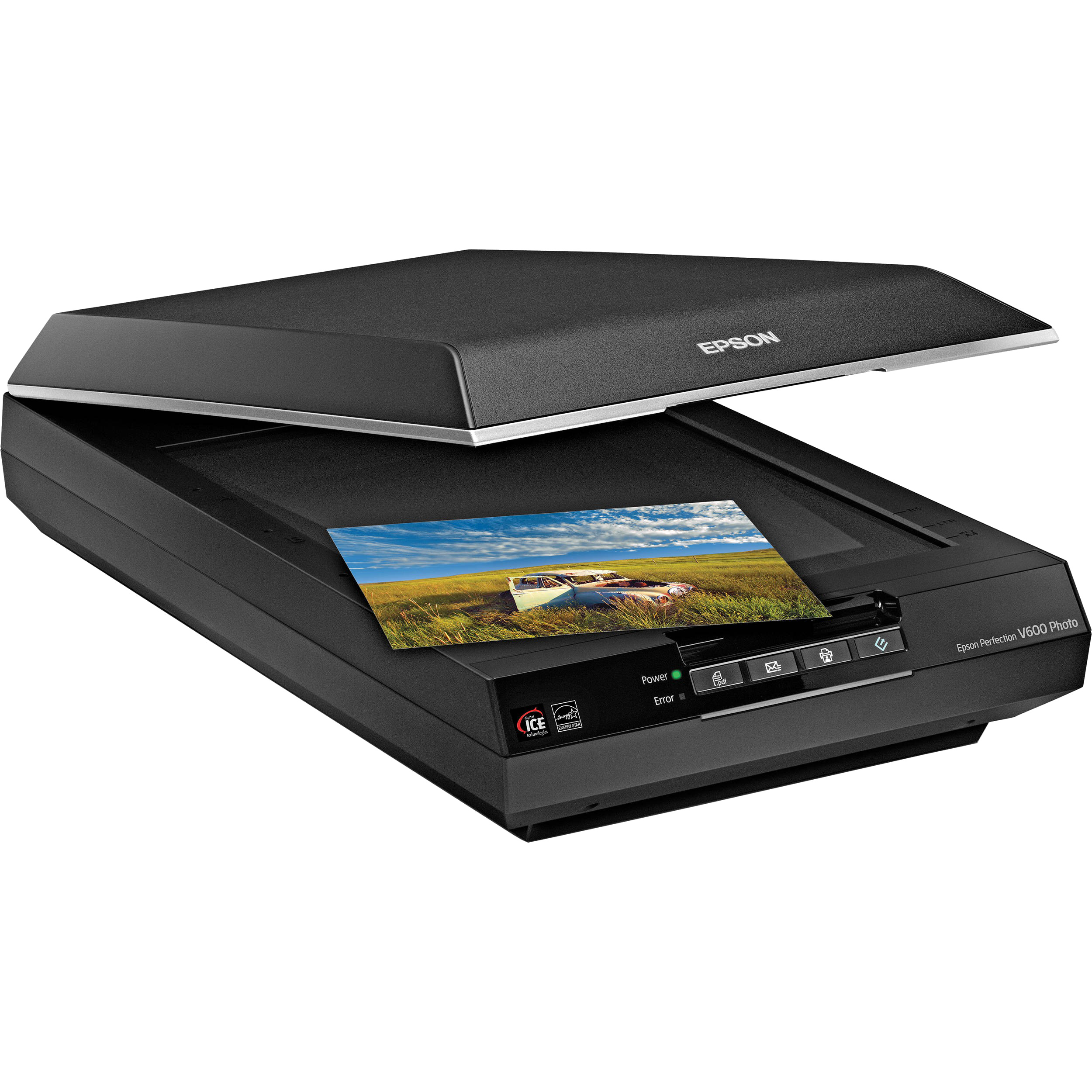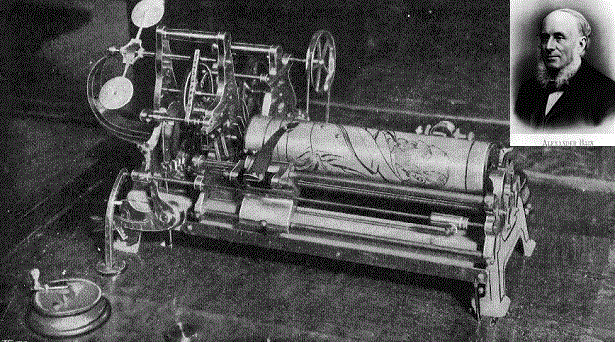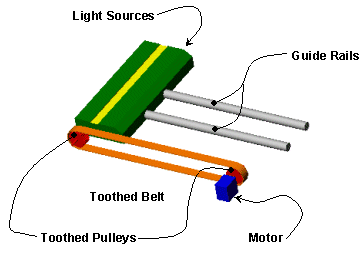What is Scanner?
A Scanner is a device that takes a picture of an image that exists outside the computer, such as photograph or a drawing on paper. As the scanner takes the picture, it digitizes the image (breaks it up into dots that can be recreated on the computer screen with electronic signals), and send this digital information to the computer as a file. Then you can take this file of the scanned image and use it in your work.

Scanner come in several varieties. There are "hand-held" scanners that you hold in your hand and roll over a flat image. These are relatively inexpensive (around $200) and are surprisingly good. There are "flatbed" scanners that look kind of like small copy machines, where you lay the artwork on the glass. There are "video scanners" that use a video camera to capture an image, which means you can input three-dimensional objects, including your children.
A scanner also needs software to get the job done. Various software can give you different kinds of options, such as dithering patterns, resolution, file formats, etc. Although software is always supplied with the scanner.
When was the first scanner created?

The earliest forms of scanners appeared in the 1860s. However, the scanner as we know it today was created in 1957 by a man named Russel Kirsch at the United States National Bureau of standards. The first image scanned by this device was a picture of Kirsch's son. This black and while image measured only 5*5 cm and had a resolution of 176 pixels on each side.
Why is a scanner an input device?
A computer scanner is a digitizer, which is a type of input device. It takes information from the real world (e.g., a document or picture) and converts it into digital information for a computer to store or manipulate. A scanner is only able to send information to the computer and cannot receive information from the computer like a printer (which is an output device).
How Scanners work

Scanners have become an important part of the home office over the last few years. Scanner technology is everywhere and used in many ways:
- Flatbed scanners, also called desktop scanners, are the most versatile and commonly used scanners. In fact, this article will focus on the technology as it relates to flatbed scanners.

- Sheet-fed scanners :- are similar to flatbed scanners except the document is moved and the scan head is immobile. A sheet-fed scanner looks lot like a small portable printer.
- Handheld scanners :- use the same basic technology as a flatbed scanner, but rely on the user to move them instead of a motorized belt. This type of scanner typically does not provide good image quality. However, it can be useful for quickly capturing text.

- Drum scanners :- are used by the publishing industry to capture incredibly detailed images. They use a technology called a photomultiplier tube (PMT). In PMT, the document to be scanned is mounted on a glass cylinder. At the center of the cylinder is a sensor that splits light bounced from the document into three beams. Each beam is sent through a color filter into a photomultiplier tube where the light is changed into an electrical signal.

The basic principle of a scanner is to analyze an image and process it in some way. Image and text capture (optical character recognition or OCR) allow you to save information to a file on your computer. You can then alter or enhance the image, print it out or use it on you web page.
Writer: Mr. Krishan Kumar Saini
Today we have learnt Basics about Scanner. Hope this lesson is helpful for you.

No comments:
Post a Comment